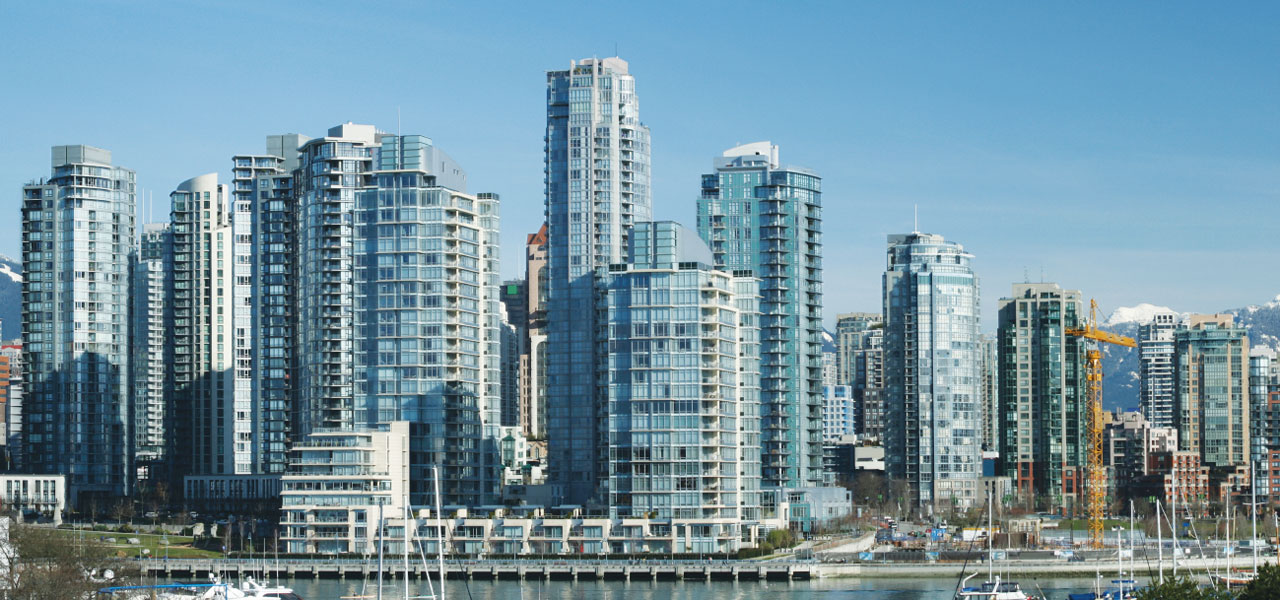Affordable housing and its discontents

The public and media response to my new study on affordable housing exceeded expectations. I anticipated some really strong pushback against my proposals, because they’re pretty radical in today’s context where private sector development is taken for granted, and global capital flows into local real estate go largely unquestioned. By and large, the report was covered thoughtfully by a range of local media outlets (see here, here and here), which suggests we have reached that tipping point where the public anxiously wants to debate solutions. Even the Business Council is joining the call for government intervention into Vancouver’s broken housing market.
OK, I did get one tweet calling my study “naive” and saying I should be fired as an economist. I can only hope that the majority of his 43 Twitter followers were not paying attention at that moment. Another wrote in complaining I was “just another public servant with a big salary, huge health benefit plan and gold plated pension who writes articles that no sense of the reality of how the world works.” Which is funny in factual (CCPA is an independent non-profit) and grammatical terms. The Province newspaper ran my oped with a new headline saying I was calling for “public control over real estate,” predictably leading to letters to the editor asserting that my proposals were something akin to Stalinism.
My paper discusses five thematic areas that should be part of the affordable housing solution, but does not lay out a detailed blueprint. These are ultimately political questions requiring public debate and deliberation: How many units of non-market housing should be built and how should we pay for them? What should we do about absentee owners? A key objective of the study was to start the conversation about solutions, so I welcome constructive criticism.
In that context, one notable critique, from Vancouver city councilor Geoff Meggs, has me somewhat mystified. Meggs comments that my paper is “not bold enough” because it “largely skips over the need — and potential — for a major increase in market rental stock that could give quick assistance to the region’s hundreds of thousands of renters. … As yesterday’s City of Vancouver housing report card demonstrated, this is an area where even a municipality can trigger the production of thousands of market rental units within the price range of lower and middle income families.”
Part of the disconnect may be that my report was looking at Metro Vancouver not just the City of Vancouver, and so I did not want to get into the weeds on specific City of Vancouver efforts/projects, or I would have do the same for Surrey, New West and so forth. In the paper, I note that Metro Vancouver municipalities, in the absence of senior government support, have attempted to incentivize new market rental stock by putting up city-owned land, and waiving development cost levies and parking requirements. These efforts have met with some measure of success, although they have been slow to materialize.
Another part may be that the report was completed before the just-updated-and-released City of Vancouver housing and homelessness plan, which aspires to increase their efforts to expand market rental housing. In that context, this critique in The Tyee, published at the same time as Meggs’ blog post, is worth mulling over. While the City’s efforts may be alternative or complementary to my proposals, I don’t see them as a magic button that is going give “quick assistance to hundreds of thousands of renters,” nor does Meggs explain further.
As for the new “affordable” rental units that have been constructed to date, they are typically still out of the reach of low-income households. I don’t point fingers at the City of Vancouver specifically for this. It’s just that in the absence of senior government funding, the economics works against building and operating units that are truly affordable for the poorest. The City’s model instead relies on cross-subsidization across the units in the building, even with the municipal contribution of land and waived fees.
There is also the bigger question of to what extent should private rental be a central part of the solution. Some have suggested rental tax credits on the part of senior governments as a means of spurring new private rental development (see this piece by the CD Howe Institute as an example).
Dollar for dollar, though, if we are going to use public funds to subsidize housing I strongly prefer public investment in new social and cooperative housing. As I show in the paper the rent paid on new public units pays back the upfront capital within 20-30 years (depending on the rent charged), and after that the building would provide positive cash flow back to the public sector, rather than a long-term stream of profits to the private landlord. This positive and public dynamic is precisely what’s happening now at the regional level as mortgages on social housing stock held by the Metro Vancouver Housing Corporation are paid off, and the region now has a surplus that could be re-invested in new affordable housing.
Topics: Housing & homelessness, Poverty, inequality & welfare, Taxes


